Negotiations for the proposed Free Trade Agreement (FTA) between India and Oman are advancing rapidly, with expectations of signing the pact in the upcoming month, according to a senior government official. The FTA is anticipated to significantly benefit various export sectors, including motor gasoline, iron and steel products, electronics, machinery, textiles, plastics, boneless meat, essential oils, and motor cars. A recent report by the think-tank GTRI indicates that these goods currently face a 5% import duty in Oman.
The report highlights that about 16.5% of Indian exports to Oman, valued at approximately USD 800 million, encompassing items such as wheat, medicines, basmati rice, tea, coffee, and fish, which already enjoy duty-free access, will not experience additional benefits from the agreement. Presently, more than 80% of Indian goods enter Oman with an average 5% import duty.
Oman's import duties range from 0 to 100%, with specific duties applicable, including a 100% duty on certain meats, wines, and tobacco products. The second round of talks for the Comprehensive Economic Partnership Agreement (CEPA) concluded earlier this month in Muscat, with officials expressing optimism about signing the deal in January 2024.
India holds export potential for products like light oils, preparations of petroleum and bituminous minerals, medicaments, parts and accessories for motor vehicles, iron ores and concentrates, ferrous products obtained by direct reduction of iron ore, and aluminum.
Negotiations on the text of most chapters have been finalized by both countries. Oman ranks as India's third-largest export destination within the Gulf Cooperation Council (GCC) countries. India already has a similar agreement with another GCC member, the UAE, effective since May 2022.
Regarding imports, India's merchandise imports from Oman in 2022-23 amounted to USD 7.9 billion. Key imports include petroleum products (USD 4.6 billion) and urea (USD 1.2 billion), constituting 73% of total imports. Other significant products include propylene and ethylene polymers, pet coke, gypsum, chemicals, and iron and steel.
According to GTRI's report, Oman's products, particularly in sectors like oil and gas, petrochemicals, and specific manufactured goods, are expected to find a more receptive market in India post-implementation of the trade agreement.







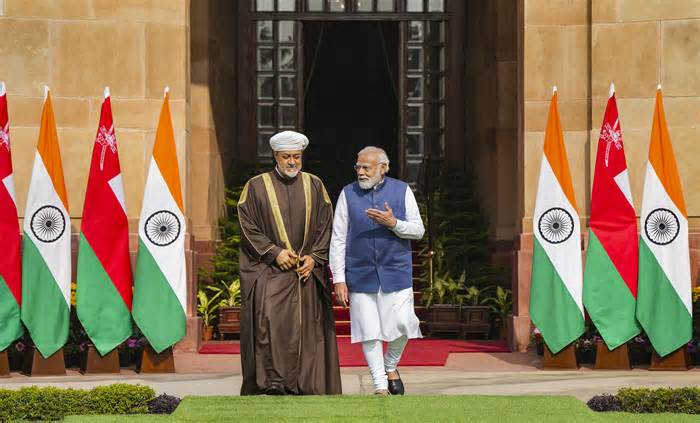
 OpinionExpress.In
OpinionExpress.In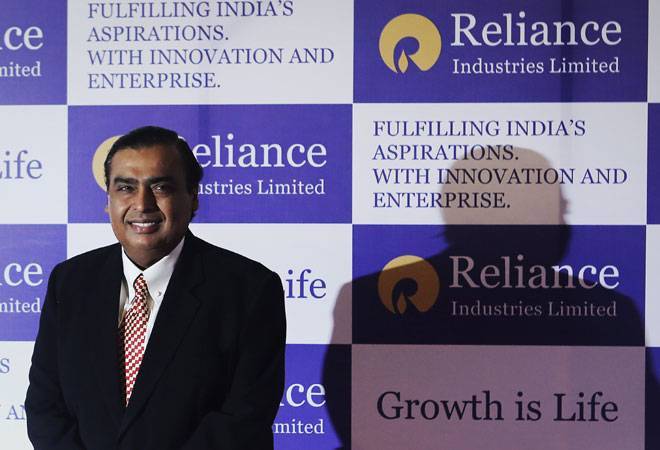
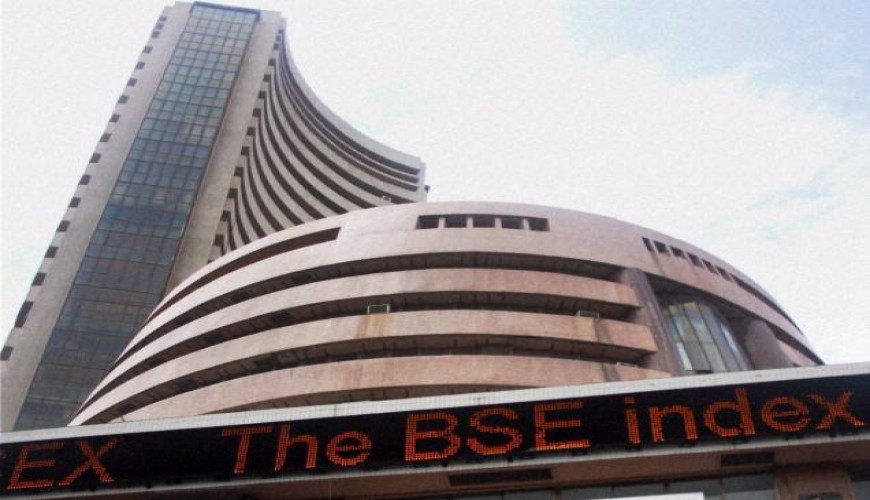
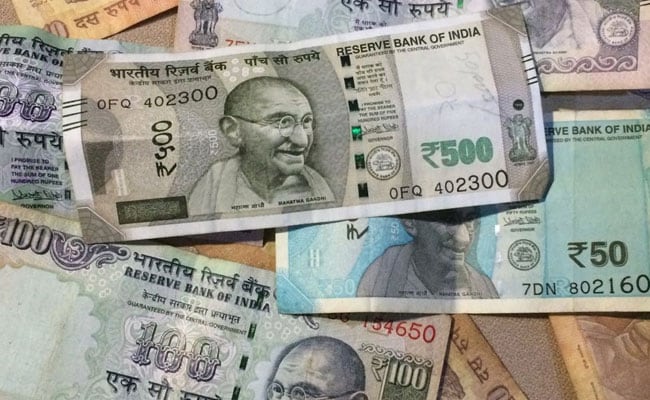



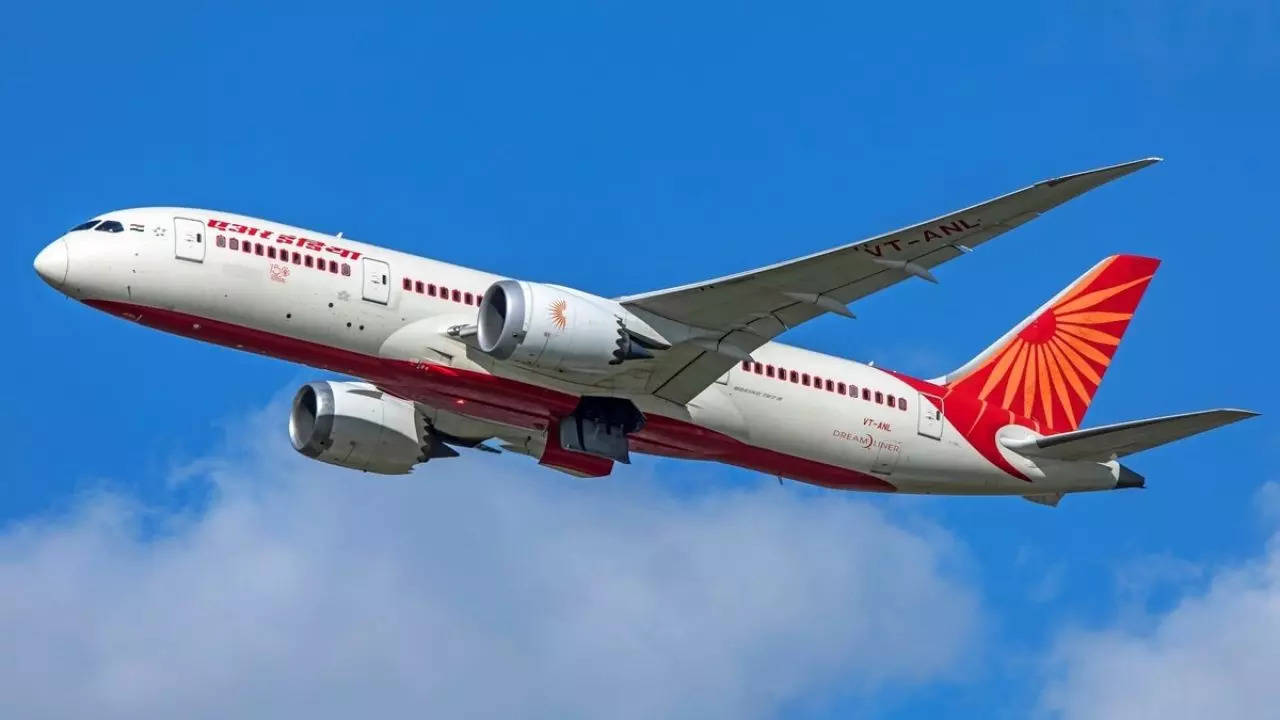
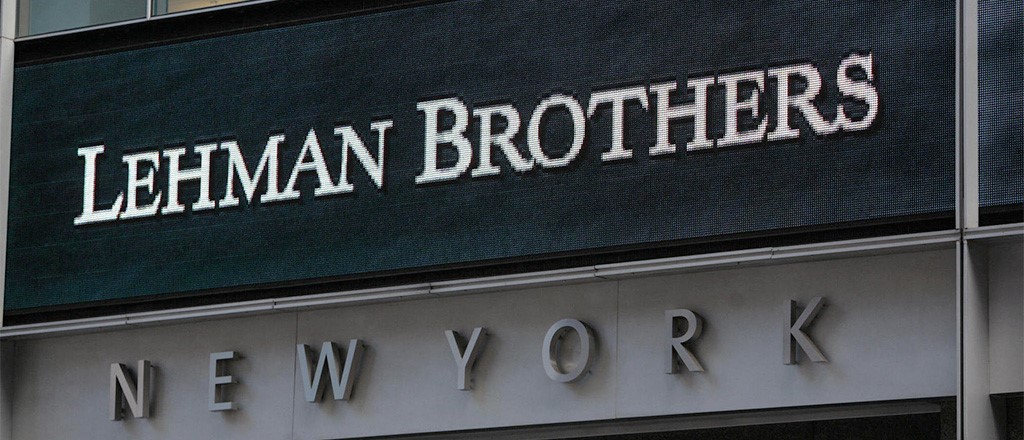
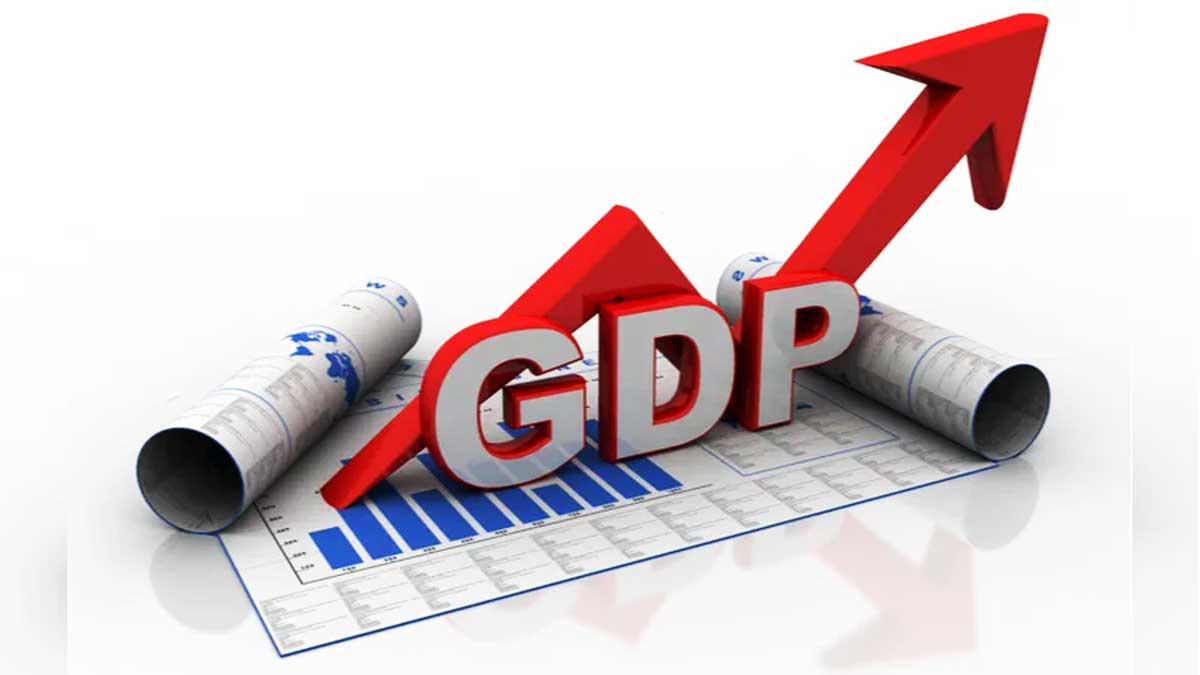







Comments (0)